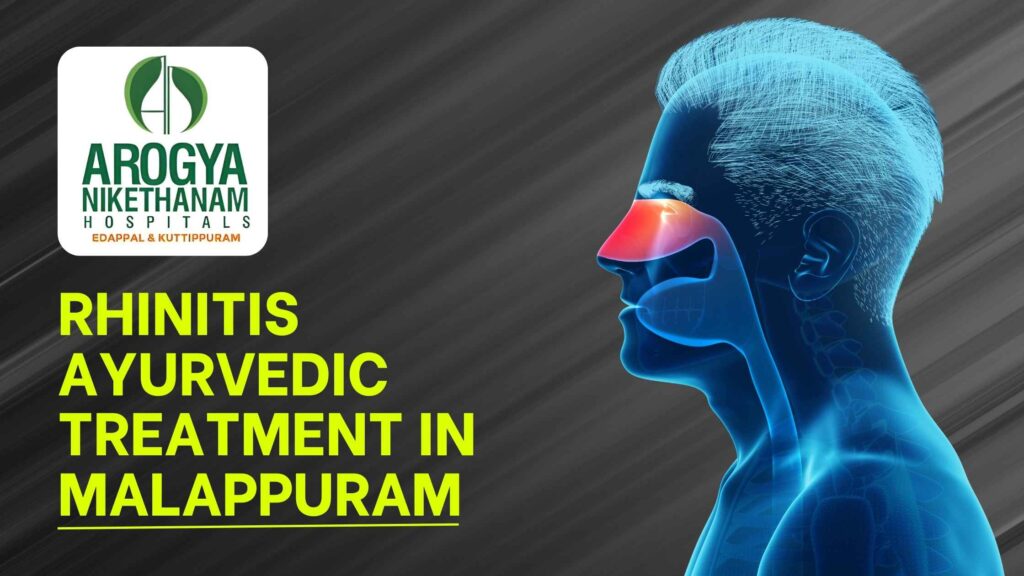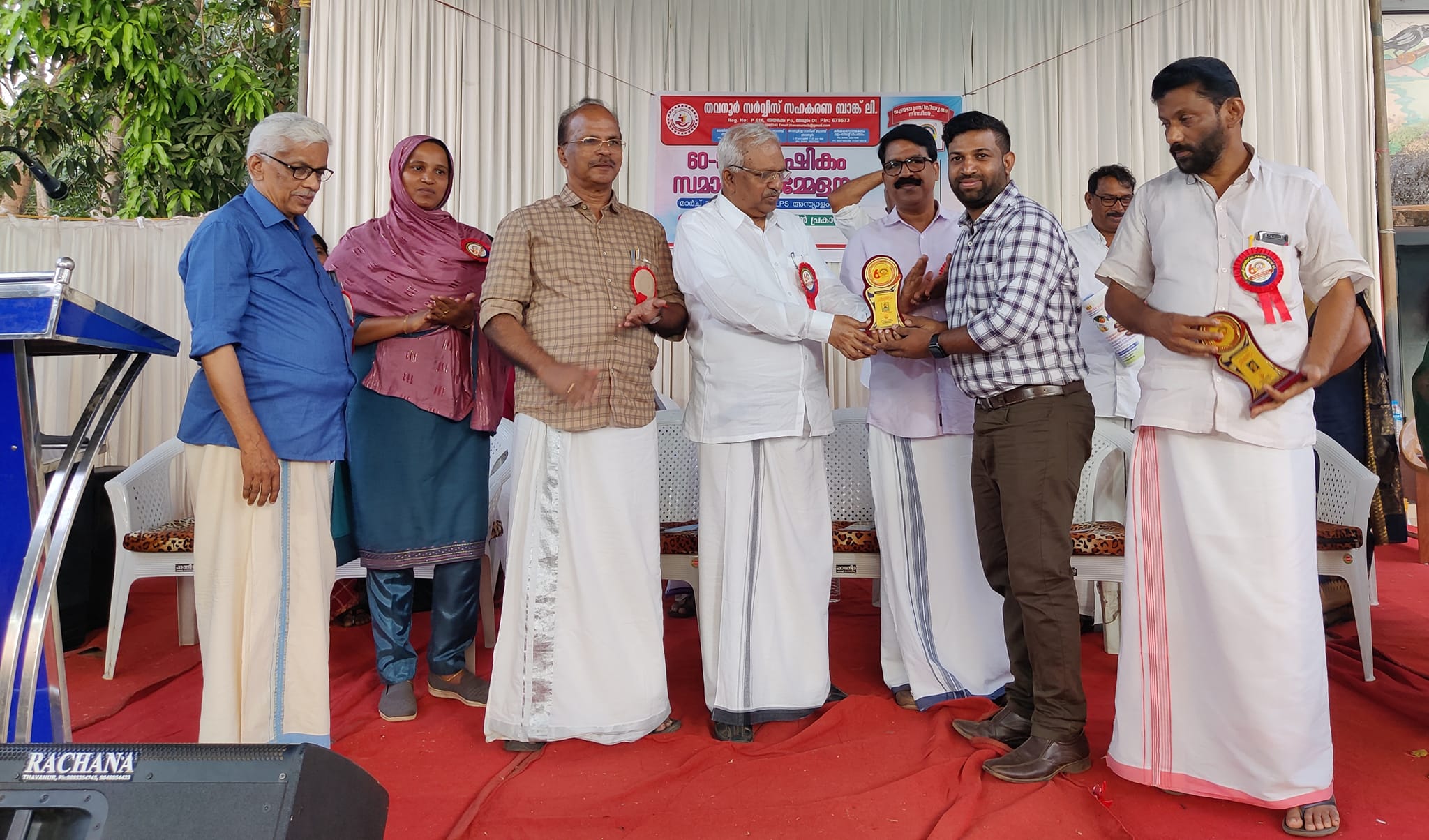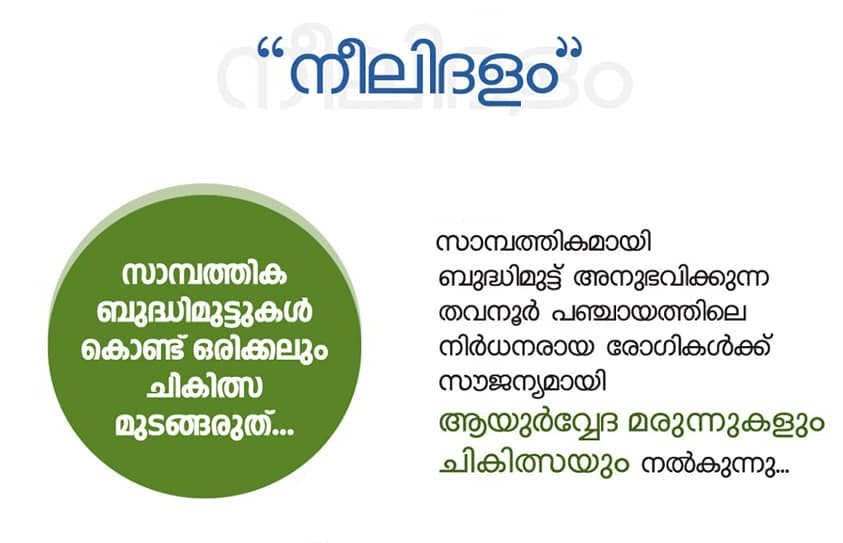Rhinitis refers to inflammation of the nasal mucosa, presenting as nasal congestion, sneezing, itching, and rhinorrhea. Chronic cases often stem from allergic triggers—pollen, dust mites, molds—or non-allergic causes such as irritants and hormonal changes.
Prevalence of Rhinitis in Kerala
Kerala’s humid climate and abundant vegetation increase airborne allergen exposure, making rhinitis particularly common in Malappuram and surrounding districts. Studies estimate up to 30% of Kerala’s population experiences allergic rhinitis at some point.
Why Ayurveda for Rhinitis?
Conventional antihistamines and corticosteroid sprays provide quick symptom relief but don’t address root imbalances and may cause dryness, drowsiness, or rebound congestion. Ayurveda targets the underlying doshic imbalance, detoxifies the body, strengthens immunity, and restores nasal channel function for long-term wellness.
Understanding Rhinitis: Types & Symptoms
Allergic Rhinitis vs. Non-Allergic Rhinitis
-
Allergic Rhinitis: IgE-mediated reaction to airborne allergens; seasonal (hay fever) or perennial.
-
Non-Allergic Rhinitis: Triggered by irritants, weather changes, infections, or idiopathic causes, without immunologic involvement.
Common Signs and Symptoms
Key symptoms include:
-
Persistent sneezing and itching
-
Clear, watery nasal discharge
-
Nasal blockage and postnasal drip
-
Fatigue, headache, and reduced concentration
Impact on Daily Life and Productivity
Uncontrolled rhinitis can disrupt sleep quality, impair work performance, and escalate to sinusitis or otitis media, reinforcing the need for comprehensive management.
The Ayurvedic Perspective on Rhinitis
Concept of Doshas and Prana
Ayurveda posits three doshas—Vata (movement), Pitta (metabolism), and Kapha (structure)—govern physiology. Rhinitis arises when Kapha and Vata vitiate, leading to mucus accumulation and impaired Prana (life-force) flow in nasal channels.
Pathogenesis of Rhinitis in Ayurveda (Pratishyaya)
Known as Pratishyaya, Ayurveda classifies rhinitis under respiratory disorders. Ama (toxins) accumulate in the head region, obstruct Srotas (microchannels), and incite inflammatory processes.
Role of Ama and Ojas
Ama—undigested metabolic waste—weakens immunity, while Ojas represents vital energy. Ayurvedic detox and rejuvenation aim to eliminate Ama and bolster Ojas for sustained nasal health.
Why Choose Malappuram for Ayurvedic Care
Rich Herbal Biodiversity of Malappuram
Malappuram’s forests yield medicinal herbs such as Haridra (turmeric), Yashtimadhu (licorice), and Tulsi (holy basil), foundational to effective rhinitis therapies.
Renowned Ayurvedic Centers & Practitioners
The district hosts leading Ayurvedic colleges and clinics, ensuring access to skilled Vaidyas (physicians) trained in classical and modern diagnostics.
Arogya Nikethanam Hospitals: Location & Accessibility
Located in Edappal, Malappuram, Arogya Nikethanam Hospitals is easily reachable from Calicut and Kochi airports. Its serene campus is designed for holistic healing, blending tradition with comfort.
Arogya Nikethanam Hospitals – An Overview
History & Mission
Founded in 2010, Arogya Nikethanam Hospitals aims to deliver authentic Ayurvedic therapies backed by scientific rigor, underpinned by a mission of “Healing Through Nature.”
Expert Team: Ayurvedic Physicians & Yoga Therapists
The multidisciplinary team includes BAMS-qualified physicians, Panchakarma specialists, and certified Yoga instructors who collaborate on individualized treatment plans.
Facilities: Panchakarma Suites, Herbal Pharmacy, Yoga Nikethan
State-of-the-art Panchakarma suites, an in-house herbal dispensary sourcing fresh botanicals daily, and a dedicated Yoga Nikethan studio ensure end-to-end care.
Diagnostic Approach at Arogya Nikethanam
Comprehensive Case History & Nadi Pariksha
Detailed questionnaires and Nadi (pulse) examination assess doshic imbalance, digestion quality, and systemic health.
Srotas (Channel) Analysis for Nasal Disorders
Specialized interviews on nasal discharge patterns and seasonal triggers help pinpoint srotas involvement, guiding tailored therapy.
Modern Investigations (If Needed)
When necessary, the hospital partners with local labs for allergy panels or imaging to rule out structural issues, ensuring integrative precision.
Core Ayurvedic Treatments for Rhinitis
Nasya Karma (Nasal Administration)
Administration of medicated oils (Anu Taila, Ksheerabala) via Nasya clears nasal passages, lubricates mucosa, and balances doshas. An open-label trial showed significant symptom relief with Anu Taila Nasya over three weeks.
Virechana (Therapeutic Purgation)
Purgation removes Pitta-driven toxins, reducing mucosal inflammation. Participants often report lighter head sensation and clearer breathing.
Raktamoksha (Bloodletting) for Severe Cases
In refractory chronic rhinitis with pronounced Kapha, venesection or leech therapy can alleviate congestion by expelling vitiated blood.
Nasal Steam Inhalation & Dhuma (Herbal Smoke)
Fomentation with herbal steam (Dashmoola, Trikatu) and Dhuma therapy helps liquefy mucus, improving drainage and ciliary function.
Panchakarma Protocols Specific to Rhinitis
Purvakarma: Snehan (Oleation) & Swedana (Sudation)
Five to seven days of internal oleation (medicated ghee) followed by steam fomentation prepares tissues for deep detox.
Pradhana Karma: Detailed Nasya Procedures
Sequential Nasya regimens—mild oil drops progressing to herbal powder—ensure gradual channel clearance without irritation.
Paschat Karma: Diet & Rest Guidelines
Post-therapy, a Kapha-pacifying diet (light kitchari, warm broths) and adequate rest are critical to consolidate gains and prevent Ama reaccumulation.
Supporting Therapies & Lifestyle Modifications
Yoga & Pranayama Practices for Nasal Health
Daily practices such as Anulom Vilom (alternate nostril breathing) and Bhramari (humming bee breath) strengthen respiratory channels and calm the nervous system.
Dietary Recommendations (Pathya-Apathya)
Avoid cold, heavy foods; favor warming spices (ginger, black pepper), bitter greens, and freshly prepared meals to support digestion and Kapha balance.
Herbal Supplements & Rasayanas
Formulations like Sitopaladi Churna, Tulsi Rasayana, and Guduchi boost immunity and mucosal resilience when taken under physician guidance.
Frequently Asked Questions
1. What is rhinitis, and how does Ayurveda interpret it?
Rhinitis involves inflammation of the nasal mucosa. Ayurveda calls it "Pratishyaya" and attributes it to imbalanced Kapha and Vata doshas.
2. How does Ayurvedic treatment differ from conventional methods?
Ayurveda focuses on balancing doshas and detoxifying the body, unlike conventional medicine which targets only symptom suppression.
3. What is Nasya therapy, and how does it help in rhinitis?
Nasya involves administering herbal oils through the nostrils to clear blockages and restore dosha balance in the nasal region.
4. Is Panchakarma necessary for treating rhinitis?
While not always required, Panchakarma detox is highly effective in chronic or recurrent rhinitis cases for long-term relief.
5. How long does Ayurvedic treatment for rhinitis typically take?
Typically, a course lasts 14 to 21 days, with follow-up care and lifestyle guidance extending over several months.
6. Can children undergo Ayurvedic treatment for rhinitis?
Yes. Children can be safely treated with adjusted therapies and dosages under a physician’s supervision.
7. Are there any side effects associated with Ayurvedic treatments?
Treatments are generally safe. Mild detox symptoms like headache or fatigue may occur but resolve quickly.
8. What lifestyle changes are recommended alongside treatment?
Avoiding cold foods, following a Kapha-pacifying diet, and practicing daily yoga and pranayama are recommended.
9. Does Arogya Nikethanam Hospitals offer personalized treatment plans?
Yes. Treatments are customized after detailed diagnosis including Nadi Pariksha and dosha analysis.
10. How can I schedule a consultation at Arogya Nikethanam Hospitals?
Visit arogyanikethanam.org or call the clinic directly to book an online or in-person consultation.






